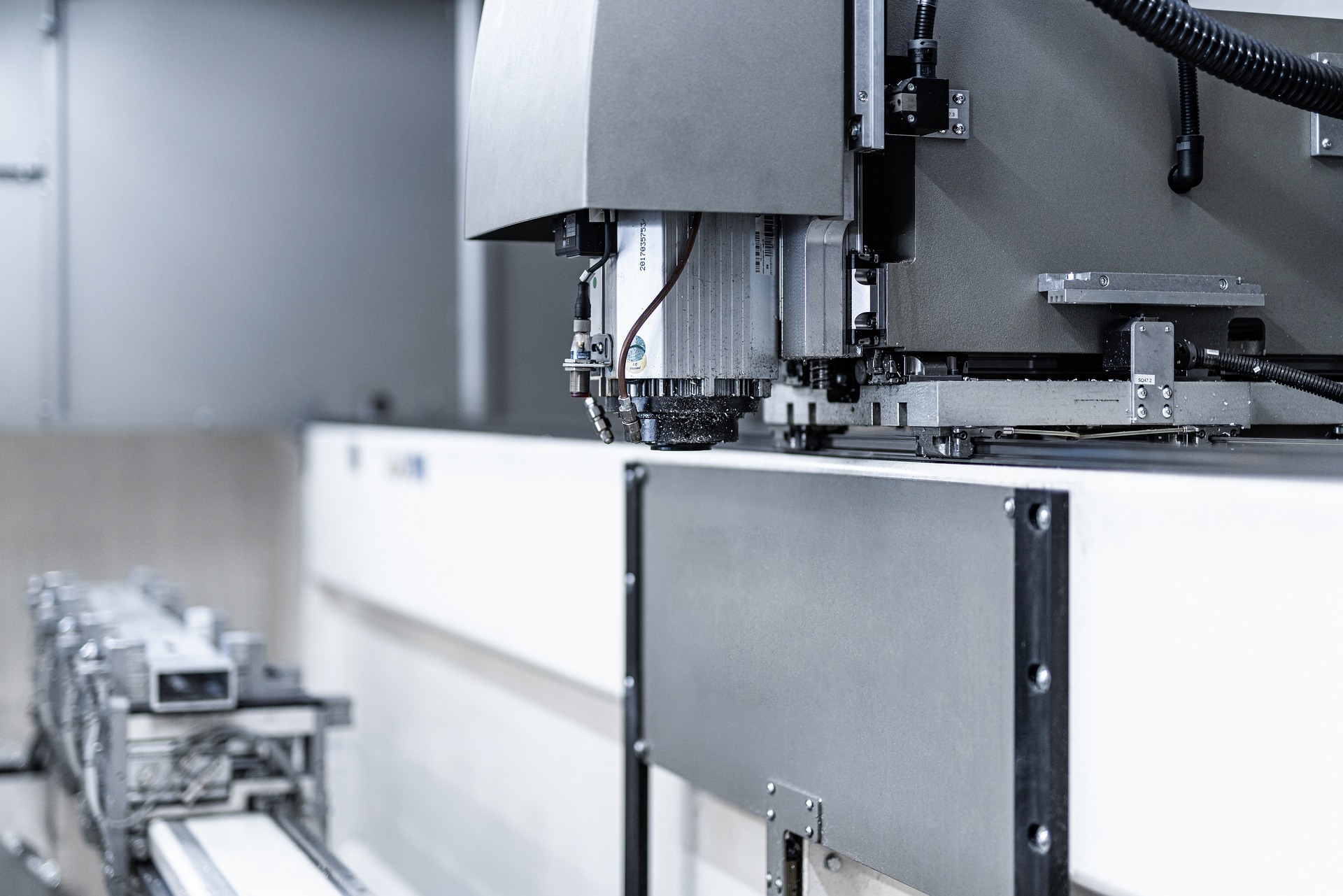Benefits and Impact of Laser Welding Technology in US Manufacturing 2025
Is laser welding the breakthrough U.S. manufacturers need? As precision and speed become critical, this article examines how laser welding is transforming U.S. production—improving quality, accelerating throughput, reducing waste, and enabling designs across aerospace, automotive, medical devices, electronics, and renewable energy.

What Makes Laser Welding a Critical Advancement in Manufacturing?
Laser welding employs a highly focused, high-energy beam of light to melt and fuse materials with extraordinary precision. Unlike traditional welding methods such as Gas Metal Arc Welding (GMAW) or Gas Tungsten Arc Welding (GTAW), laser welding creates fine, clean welds with a minimal heat-affected zone and reduced thermal distortion. These features are crucial for modern manufacturing operations where tight tolerances and component integrity are non-negotiable.
By 2025, laser welding technology is increasingly integrated into diverse U.S. industries—including aerospace, automotive, electronics, medical devices, and renewable energy—due to its ability to meet stringent quality and performance standards. Its growing adoption is reshaping manufacturing workflows to focus on speed, accuracy, and reduced costs.
Exceptional Precision Elevates Product Quality
One of the standout benefits of laser welding is its exceptional precision. This technology produces welds that are extremely narrow and deep, enabling manufacturers to join metals without compromising surrounding material. This precision reduces material degradation and prevents structural weaknesses caused by overheating.
Industries such as medical device manufacturing and electronics particularly benefit, as the technology supports fabrication of components with micron-level accuracy. Aerospace and automotive sectors achieve robust, lightweight joints essential for performance-critical applications, including electric vehicle battery assemblies and aircraft parts.
Speed Improvements Drive Higher Productivity
Laser welding offers significantly faster processing speeds compared to conventional welding techniques. This speed increases production throughput, allowing manufacturers to scale up output without sacrificing quality. Faster cycle times can directly translate into operational efficiencies and responsiveness to market demand.
Automating laser welding processes with CNC machines or robotic systems further amplifies speed and repeatability. This combination of speed and consistency enables manufacturers in the United States to meet tight delivery schedules and maintain competitive advantage.
Versatility Across Materials and Applications
Unlike many traditional welding forms, laser welding can join a wide array of materials—including dissimilar metals—with strong, reliable bonds. This versatility is especially valuable for industries experimenting with advanced material combinations, such as lightweight alloys and composites.
Applications span: - Automotive body panels and electric vehicle powertrains - Aerospace lightweight structural components - Precision electronics assembly - Medical implants and surgical tool fabrication - Renewable energy components like solar panels and wind turbine parts
The flexibility to handle complex joins without filler materials adds to the broad utility of laser welding technology.
Compact, Portable, and Integration-Friendly Systems
Modern laser welding machines have evolved into compact units often occupying less than one square meter of factory floor space. Integrated cooling systems, user-friendly digital controls, and flexible fiber-optic beam delivery make these units adaptable to various manufacturing environments.
Their relatively small footprint facilitates installation in automated production lines or makes them suitable for mobile job site work, expanding the functional scope of laser welding across different manufacturing contexts.
Automation Compatibility Enhances Consistency and Reduces Labor Costs
Laser welding systems can be seamlessly integrated with robotic arms and CNC controls, enabling precise, repeatable welds with minimal human intervention. This automation reduces labor-intensive work and shortens operator training time, allowing manufacturing companies to allocate workforce efforts to more skilled tasks.
By minimizing variance in weld quality, automated laser welding enhances overall product reliability, which is essential when serving markets with rigorous quality control standards.
Economic Impact Through Waste Reduction and Quality Improvements
The high precision of laser welding minimizes excess material usage and nearly eliminates scrap caused by weld defects. Manufacturers benefit from lower raw material costs and fewer rejected parts requiring rework. Combined with faster production rates and reduced labor needs, laser welding can contribute to significant long-term cost efficiencies.
While upfront investment costs for laser welding equipment vary widely based on system complexity and automation levels, many manufacturers find the return on investment appealing due to ongoing savings and increased product value.
Workforce Implications and New Skilled Roles
Although laser welding reduces manual welding labor, it simultaneously fosters demand for technically skilled operators, maintenance personnel, and system programmers. The growing presence of handheld laser welding units also creates new job functions involved in welding in confined or difficult-to-access spaces.
Training and certification initiatives are becoming increasingly important to prepare the workforce for these specialized roles in the 2025 manufacturing landscape.
Environmental and Energy Efficiency Benefits
Laser welding technology generally consumes less energy than conventional welding methods and results in lower emissions. This energy efficiency aligns with the increasing emphasis on sustainable manufacturing practices in the United States.
Businesses adopting laser welding can potentially benefit from environmental incentives and position themselves as leaders in eco-conscious production, contributing to broader sustainability goals.
Strengthening Global Competitiveness of US Manufacturers
The combined advantages of enhanced precision, accelerated production, and material versatility empower U.S. manufacturers to offer superior-quality products with faster turnaround times. This responsiveness and quality improvement bolster their position in the competitive international marketplace.
By investing in laser welding technology, manufacturers are better equipped to innovate complex product designs and address shifting global demands responsive to rapid technological change.
Laser welding is clearly a transformative technology for U.S. manufacturing in 2025, driving improvements in precision, speed, and application flexibility. Its impact extends beyond operational efficiency to workforce development, economic benefits, and environmental sustainability. As this technology becomes more accessible, it is poised to shape the future of advanced fabrication across multiple critical industries.
Sources
- American Welding Society (AWS), “What Is Laser Welding? Benefits, Applications, and How It Compares to GMAW/GTAW,” 2025.
- Laser Fabrication Technologies, “Exploring the Economic Ripple Effects of Laser Welding in Modern Manufacturing,” 2025.
Disclaimer: Prices, availability, and specific financial impacts of laser welding machines vary by region, dealer, and current market conditions. It is recommended to verify details with local suppliers and conduct independent research before investment decisions.




